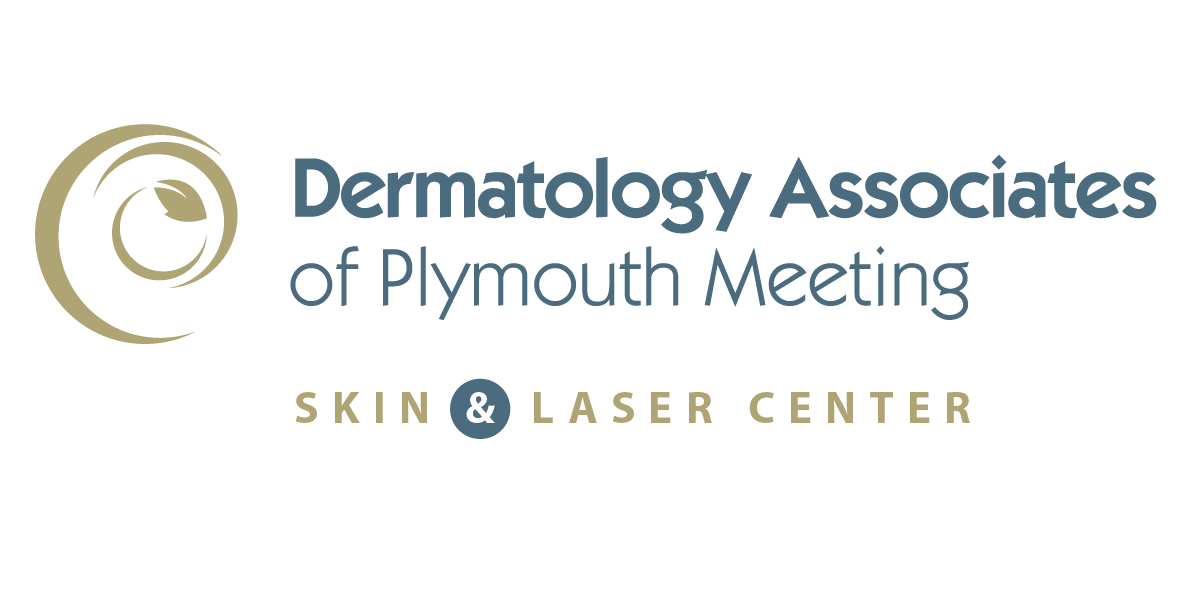Conditions
Photodynamic Therapy
Photodynamic Therapy is the application of a chemical compound to the skin, followed by exposure to specific wavelengths of visible light, which activates a chemical compound that releases energy in the form of activated oxygen that gets rid of abnormal cells. This treatment is used for removal of pre-cancers, known as Actinic keratosis.
Actinic keratosis can be treated individually in several ways. When lesions are more numerous and are found on a larger area of the body, spot treatment cannot address the multiple pre-cancers that may not be visible yet. These invisible and lurking pre-cancers have an abnormal surface, so the chemical compound from photodynamic therapy penetrates into the abnormal cells, effectively treating these areas of concern.
When there are many pre-cancers on the face, scalp, forearms and hands, treatment with photodynamic therapy provides optimal results in both reduction and resolution of numbers of pre-cancers, while improving the quality of skin after the healing period. Optimal treatment requires several sessions, four to six weeks apart. The sessions greatly reduce the number of pre-cancers, with the goal of also decreasing the number of future basal cell and squamous cell carcinomas in these affected areas.
Typical treatment includes in-office cleansing of the area to be treated, application of the compound to those areas, a waiting period to allow the compound to penetrate into the abnormal tissue, removal of the compound, and then exposure to the light. All sunlight and ultraviolet exposure must be avoided for 48 hours, and the treated area may be more sensitive to sun for several weeks or a few months.
There can be some discomfort during early treatments when there are many lesions and a lot of damage, but this resolves quickly and can be diminished during treatment with cool air moving over the treated areas.
The best approach is to determine which body area has the most worrisome changes, and to then treat that area with photodynamic therapy sufficiently before treating another area.
During your visit, you will have one to two hours of free time in the reception area to read or to do personal work.
It is important that a careful examination takes place about six weeks after completion of treatments to assess for any persistent or difficult areas that might require biopsy or additional treatment.
Conditions Treated
Sun Damage
To learn more about photodynamic therapy or to schedule your consultation at Dermatology Associates of Plymouth Meeting, serving the Philadelphia metro area, including The Main Line, Chestnut Hill, Blue Bell, Gwynedd, and Flourtown, please fill out the form on this page or call 610.828.0400 .
